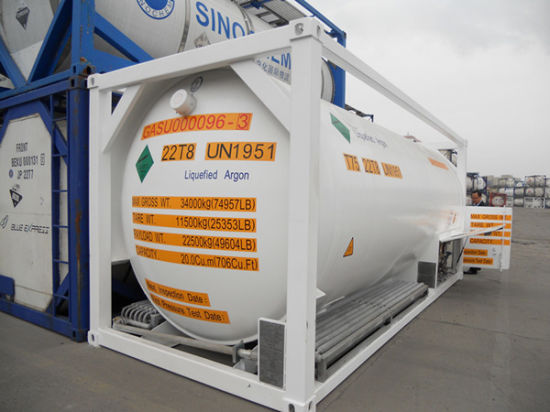Gas Refrigerated Liquid
Fire danger
Extract from the ERG 115 guide [Gases: flammable (including refrigerated liquids)]:
EXTREMELY FLAMMABLE. It will easily ignite from heat, sparks, or flame. Will form explosive mixtures with air. Vapors from liquefied gas are initially heavier than air and spread across the ground. CAUTION: Hydrogen (UN1049), Deuterium (UN1957), Hydrogen, Refrigerated Liquid (UN1966), and Methane (UN1971) are lighter than air and will rise. Hydrogen and deuterium fires are difficult to detect as they burn with an invisible flame. Use an alternate method of detection (thermal camera, broom handle, etc.). Vapors may travel to source of ignition and flash back. Cylinders exposed to fire can vent and release flammable gas through pressure relief devices. Containers may explode when heated. Broken cylinders can go off. (ERG, 2016)
Health hazard
Extract from the ERG 115 guide [Gases: flammable (including refrigerated liquids)]:
Vapors can cause dizziness or suffocation without warning. Some can be irritating if inhaled in high concentrations. Contact with gas or liquefied gas can cause burns, serious injury and / or frostbite. Fire can produce irritating and / or toxic gases. (ERG, 2016)
Reactivity profile
Liquid oxygen produces an explosive mixture when combined with liquid methane [NFPA 1991]. Contact of very cold liquefied gas with water can result in vigorous or violent boiling of the product and extremely rapid vaporization due to the large temperature differences involved. If the water is hot, there is the possibility of an explosion from "overheating" the liquid. Pressures can reach dangerous levels if liquid gas comes into contact with water in a closed container [Handling Chemicals Safely 1980]. Involved in many explosions when combined with especially powerful oxidants such as bromine pentafluoride, chlorine trifluoride, chlorine, iodine, heptafluoride, dioxygenyl tetrafluoroborate, dioxygen difluoride, trioxygen difluoride, and liquid oxygen. Other violent reactions include chlorine dioxide and nitrogen trifluoride.
